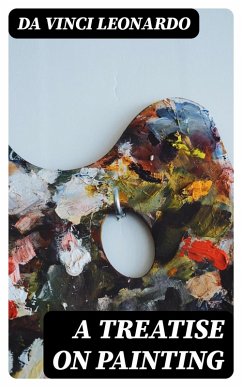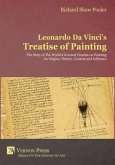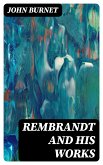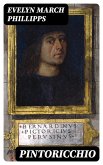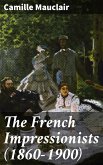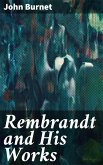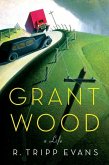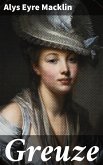In "A Treatise on Painting," Leonardo da Vinci crafts an intricate exploration of the principles and techniques of painting, blending empirical observation with philosophical contemplation. Written during the Renaissance, this seminal work is both a practical manual and a reflection on the nature of art. Da Vinci employs a meticulous and analytical style, drawing upon his extensive knowledge of anatomy, light, and perspective to establish a foundational treatise that transcends mere instructional value. The text is imbued with a sense of wonder and a deep reverence for nature, urging artists to observe closely and depict the world with fidelity and creativity. Leonardo da Vinci, a polymath and one of history's most celebrated figures, was driven to write this treatise as a means to distill his vast experiences as both a painter and a scientist. His deep curiosity about the world around him, alongside his pioneering studies in optics and human anatomy, influenced his approach to art, positioning him as not just a creator but also a thinker. His synthesis of art and science reflects the Renaissance ideal of the era, celebrating the unity of knowledge. Readers seeking to deepen their understanding of art and its theoretical underpinnings will find "A Treatise on Painting" not only enlightening but also transformative. This work is essential for artists, art historians, and anyone interested in the confluence of artistic practice and scientific inquiry. Da Vinci's insights remain relevant today, making this treatise a timeless guide to the appreciation and execution of fine art.
Dieser Download kann aus rechtlichen Gründen nur mit Rechnungsadresse in A, B, BG, CY, CZ, D, DK, EW, E, FIN, F, GR, H, IRL, I, LT, L, LR, M, NL, PL, P, R, S, SLO, SK ausgeliefert werden.

